Topic: Sending Nudes
Please be reminded that Safe4me is NOT a standalone resource; it is designed as a toolkit to support teachers and professionals to deliver information on a range of topics to young people specific to the Law, Consequences and Personal Safety only. As such, it is recommended that the facilitator take steps to ensure that other related aspects of this topic specific to health and wellbeing are also covered in additional lessons to ensure the subject is explored in full.
Resources provided in the tool-kits are designed to be flexible and adaptable to meet individual needs, suitability and time constraints of the user and their audience. Adaptable for KS 1 – 4 and FE (Post16), the modular layout enables the user to explore the content in bite-size ‘stages’ across one, or multiple lessons/inputs.
There is a significant amount of resources provided by a host of organisations which provide valuable advice and materials to support professionals and parents. The link below provides access to a directory of useful resources and information to tackle the issue of sexting and youth generated sexual content.









